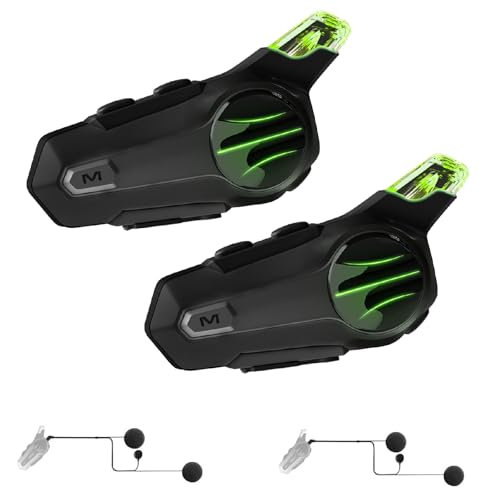This is a rather fuzzy shot of a Lifan 125 inlet port.
http://putfile.com/pic.php?pic=main/7/20219264463.jpg&s=f10

As you can see the valve guide protrudes way into the port. The picture actually doesn’t show just how big the obstruction really is. This can be ground completely flat to the port surface like this or even more.

The problem you will encounter if you do this is that about 12mm in front of the valve guide you will break through into the valve spring seat area. This will then have to be welded up and the spring seat area re-done. This can and is done, by the guys building the serious power making engines. This port above has been welded up as you can see the different colour around the guide. This requires work on the guide and spring seat and just about everything in the top end, so proceed this way only if prepared for this. My recommendation is to leave a small hump leading up to the valve guide as in this shot.

Keep checking the thickness here with calipers. You only need to leave 2mm here at the thinnest point as the spring seat only protrudes into a very small area. The head I am running at the moment has the guide ground completely flat and I have only used JB weld to fill the break through and am using a specially made washer under the valve spring to alleviate the load in this area.
The port at this stage is then cleaned right up using 60 grit sanding rolls and taken out to the diameter of the inlet valve ( which in these is 27mm) and matched to the inlet manifold which has already had the same treatment. Use the gasket as a guide for both mating surfaces and once you’ve got them close, bolt the manifold to the head and feel and inspect to get the match perfect. Same with the carby end of the manifold. Some of these pics are of the port after it has been shot blasted, hence the nice matte finish.
Now most get left this way, but for myself I am a firm believer in high velocity porting which in these, has the benefit of increasing the bottom radius to the valve and giving a much straighter shot at the valve as you can see here.

The first red arrow shows where you will break through to the spring seat which you can avoid by leaving a ramp up to the guide which also increases the velocity at the choke point even more.
The second arrow shows the sharp angle in the floor to the valve in these ports. My bodgee diagram is pretty accurate in this area as to how sharp and short it is. The green area is where I build up a flat floor. This is done using JB weld which is a metal epoxy which can be built up and shaped any way you like. I reduce this choke point to 80% of the valve diameter. A much improved choke and radius in the area leading to the back of the valve can be achieved this way which also gives greater velocity to the incoming charge throughout the rev range. This creates a ramming effect and really makes the longer duration and overlap of the big cams work to great effect through all rpm. Now there is much more to this velocity porting method, but I won’t go into it here. I use it. Many others don’t. It has the great advantage though, in this particular motor, of eliminating that very short, sharp angle behind the valve.













































![Bike Phone Mount Holder, [Camera Friendly] Motorcycle Phone Mount for Electric Scooter, Mountain, Dirt Bike and Motorcycle - 360° Rotate Suitable for iPhone & Android Smartphones from 4.5-7.0 inches](https://m.media-amazon.com/images/I/51ZirRrsA+L._SL500_.jpg)



![2 Pack Bike Phone Holder Mount [2024 Upgraded Gift Set]- 3S Easy Install, Motorcycle Phone Mount Universal Handlebar, Cell Phone Holder Fit for EBikes Electric Scooter Dirt, Bike Accessories for Adult](https://m.media-amazon.com/images/I/41JK0xwDupL._SL500_.jpg)

